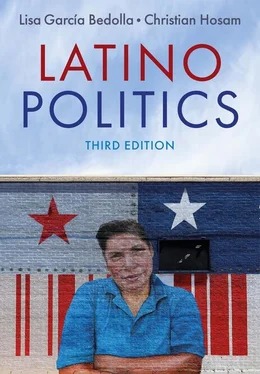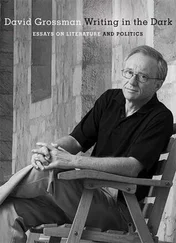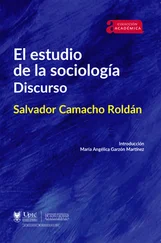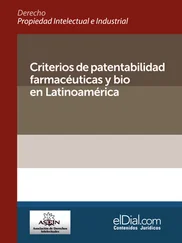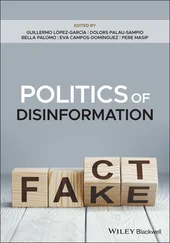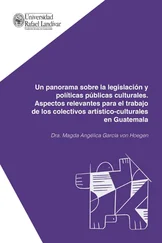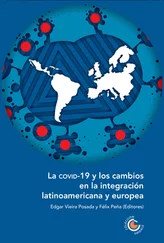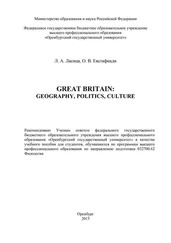As everyone knows, the United States of America has been invaded by hundreds of thousands of people coming through Mexico and entering our country illegally. This sustained influx of illegal aliens has profound consequences on every aspect of our national life – overwhelming our schools, overcrowding our hospitals, draining our welfare system, and causing untold amounts of crime. It must end NOW [ emphasis in the original ]! 6
Trump is not the only US public official or public figure making such claims; he is just one of the most prominent. We will see in this volume that these tropes are not new, but rather echo previous anti-Latino nativist moments in US history. What is different now is this apparent contradiction between how Latino cultural contributions are accepted within US society versus Latino people, particularly those who are immigrants. That distinction, between cultural appropriation more broadly and the framing of Latino immigrants as harmful individuals acting alone, is an important one, and one that has significant implications for Latino political engagement and power.
Scholars studying Latinos in the United States focus a great deal on issues of immigration and of political participation. Interestingly, both these issues most often are conceptualized as individual-level acts. Immigration is seen as a personal decision made by an individual or family, with little consideration of the macroeconomic context that influences that decision. Similarly, political engagement is most often discussed as (by and large) an individual choice. Individuals choose to vote, contact their elected officials, or run for political office. If they do not do so, it is because of a lack of interest rather than because of any sort of larger, structural constraint.
Yet the fact of the matter is that none of us, as individuals, can act with complete freedom, or absolute agency – defined as “the capacity, condition, or state of acting or of exerting power.” 7In other words, agency is about how much we, as individuals, can accomplish on our own – about our ability to determine, by ourselves, the direction of our lives. Yet there are also institutional structures that may impede our ability to exercise that agency – to do exactly what we want, when we want it, and the way we want it. On the most basic level, there are rules and laws which limit our freedom of action. But, more importantly, there are also other kinds of institutional structures, social, political, or economic, which may constrain an individual’s ability to act. Those structures include, but are not limited to, the employment and the housing markets; the legal system, including immigration rules; the political system; the educational system; and so on. How these structures operate within an individual’s life varies over time and by geographic location. They are not static, yet they are not always easy to change, either. Thus, structures have an important impact on an individual’s ability to change their life for the better.
In this book, we will explore the migration processes and political activity of some of the population of Latin American origin in the United States, placing an emphasis on the interaction between agency and structure. For example, during the Central American solidarity movement, the US government refused to characterize Central American migrants as political refugees, despite the violence and political upheaval that existed in their home countries. These migrants were able to exercise agency in deciding to leave their homelands, yet were structurally constrained by the US government when they attempted to regularize their migration status in the United States. Yet, as we will see in chapter 6, in coalition with other migrants and political organizations, they mobilized to change the US government’s position and were partly successful, thus changing the institutional structure that future Central American migrants would face when arriving in the United States.
The Central American case is a good example of the interplay between agency and structure and of why it is important. When considering political activity and engagement, particularly that of minority groups, we must realize that there is a historical background and an institutional context which frame an individual’s decision-making process. In order to decide to act politically, an individual must feel empowered to do so and must feel that her action can make a difference. If that person comes from a community or group which, historically, has not had much influence in the political system, it is less likely that she will feel that that is the best way to spend her time; or it is more likely that she will choose non-traditional forms of engagement (such as protesting) in order to express her political views. Thus, individuals do not make their political decisions in a vacuum.
The purpose of this book is to show the reader the historical and institutional contexts within which to situate US Latino political engagement. Understanding those contexts will help the reader also to understand why Latinos make the political decisions they do and what structural factors influence these choices. Only to look at one or the other is to miss an important part of the story.
Defining Latino: What’s in a Name?
This text examines the history, migration, and politics of different groups of Latin American origin living in the United States. To begin with, it is important to consider what these groups should be called. The title of this book uses the word “Latino,” which is meant to describe all individuals, foreign- and US-born, who have ancestry in any of the Spanish-speaking nations of Latin America. 8The term “Hispanic” was adopted by the US government during the 1970s and has the same definition as “Latino.” Sociologist Cristina Mora argues that the creation of the “Hispanic” label was the product of activists, media executives, and government bureaucrats coming together with the goal of creating a term to describe this growing population in the United States. 9Scholars and activists, particularly on the west coast, critiqued the term “Hispanic” because they thought it placed too much emphasis on the community’s Spanish ancestry. The term “Latino” was developed to underscore groups’ connections to Latin America. In general, the term “Hispanic” tends to be more commonly used on the east coast, and “Latino” on the west coast. The US government still uses the term “Hispanic,” and the media tend to use “Latino.” Scholars like Nicolas DeGenova and Ana Ramos-Zayos argue these pan-ethnic identifiers were designed by the US government to erase the particular histories of Latin American groups in the United States, such as Mexicans and Puerto Ricans. 10
More recently, with the growing acceptance of gender as a non-binary category, some Latinos have begun using the term “Latinx” to describe themselves and their communities – a framing that attempts to break down the gender binary inherent in the use of Latina/o and to provide space for the inclusion of Latinos who do not identify as male or female within the identifier. Some have critiqued the term as another form of US imperialism, given that “x” does not exist in Spanish; no Spanish speaker would automatically understand what the “x” in “Latinx” means. But the term does seem to be gaining traction. In a 2020 statewide poll of Latinos in California, 24 percent of Latino registered voters reported using the term “Latinx” to describe themselves, and 56 percent said that they were familiar with the label. 11
Despite the fact that these pan-ethnic terms have been in use for decades, studies have consistently shown that people tend to prefer to use their national-origin identifier, such as “Mexican American,” “Cuban American,” etc. There are also sub-identifiers within national-origin groups. The word “Chicano” is meant to describe, specifically, individuals of Mexican origin in the United States. This term came directly out of the political organizing within the Mexican American community in the US southwest during the 1960s; hence, its usage often presumes a certain political consciousness, in addition to being a national-origin identifier. “Boricua” is a term used to describe Puerto Ricans on the island and in the United States (it comes from the name of an indigenous group native to the island), and “Nuyorican,” more specifically, is sometimes used to denote individuals of Puerto Rican origin living in New York City. “Quisqueya/o” is sometimes used to describe Dominicans (it is the indigenous word for the island of Española).
Читать дальше
